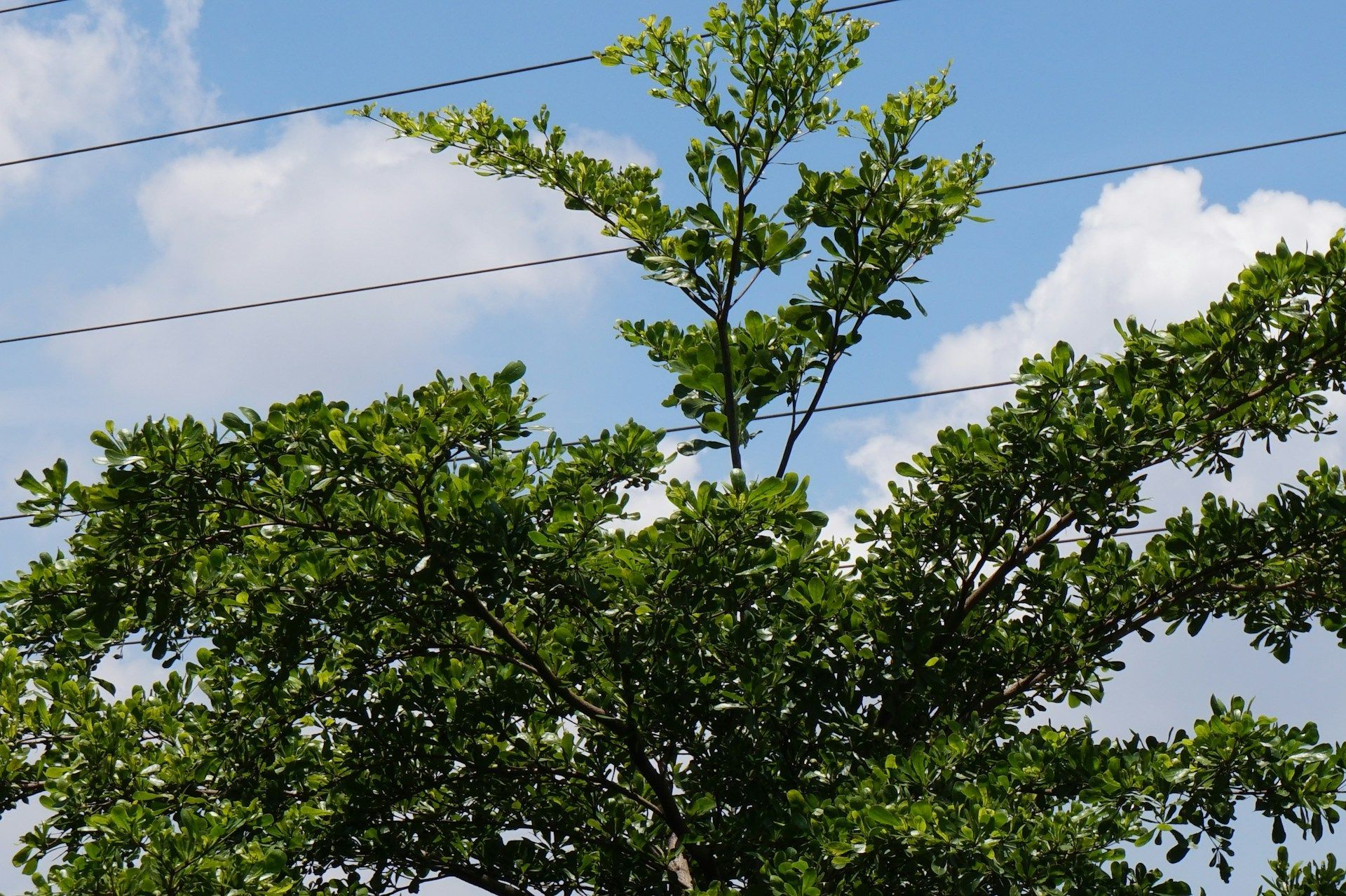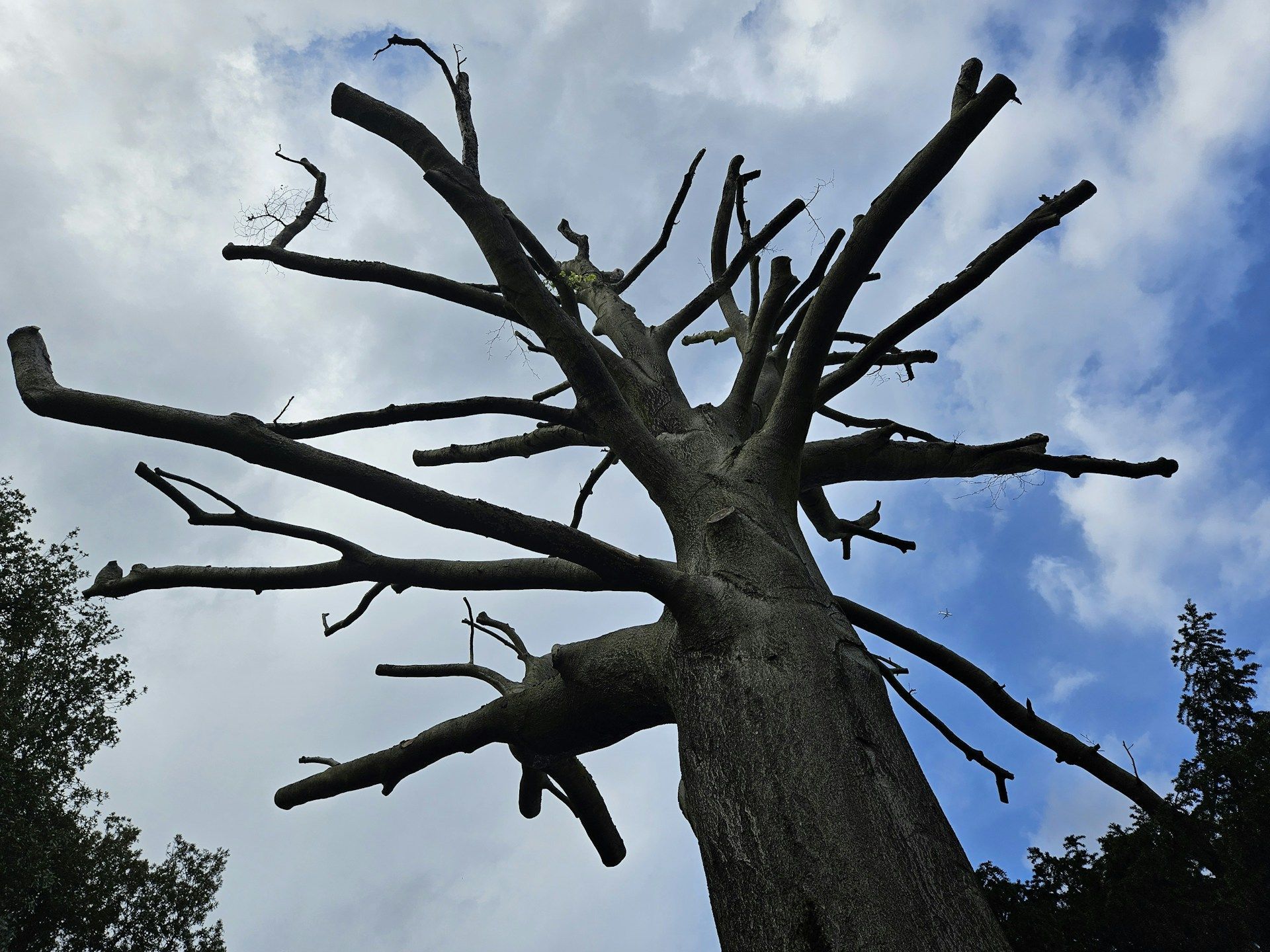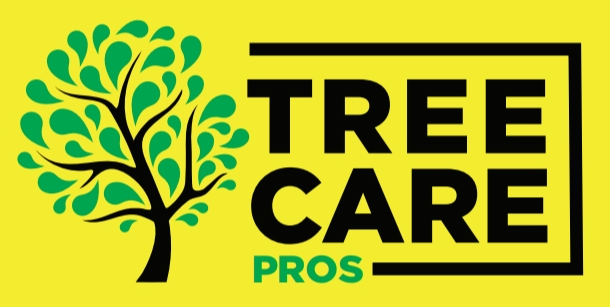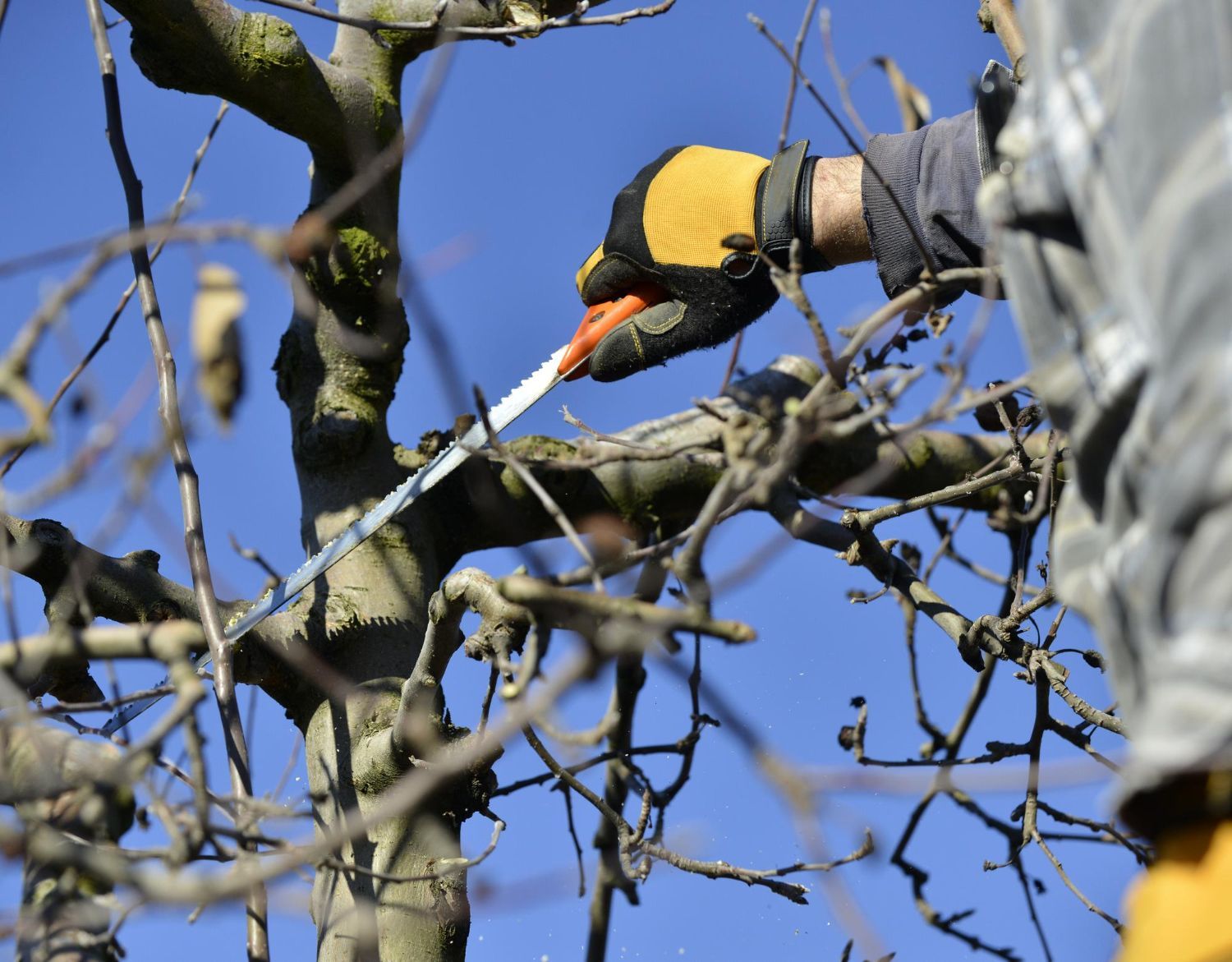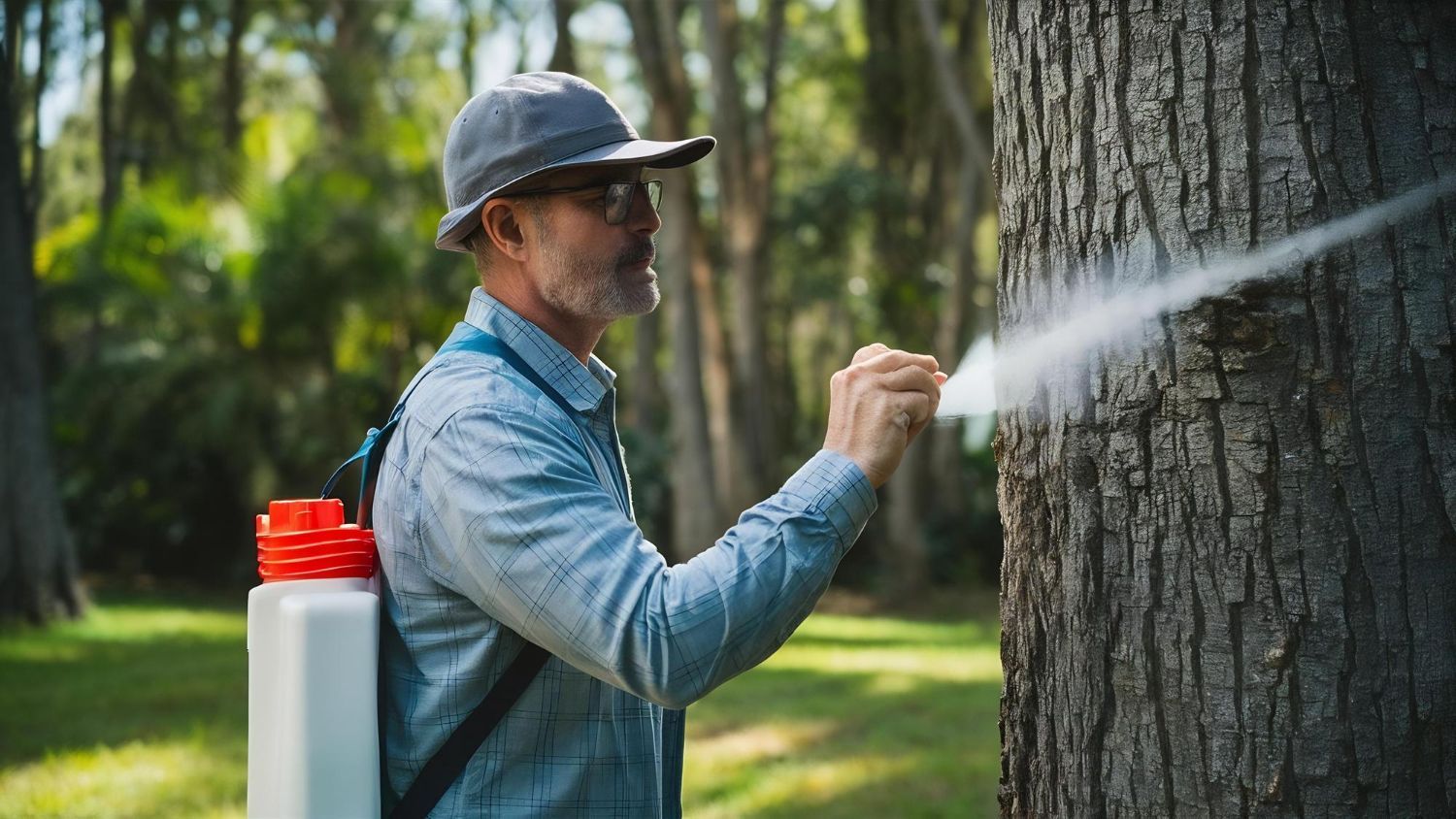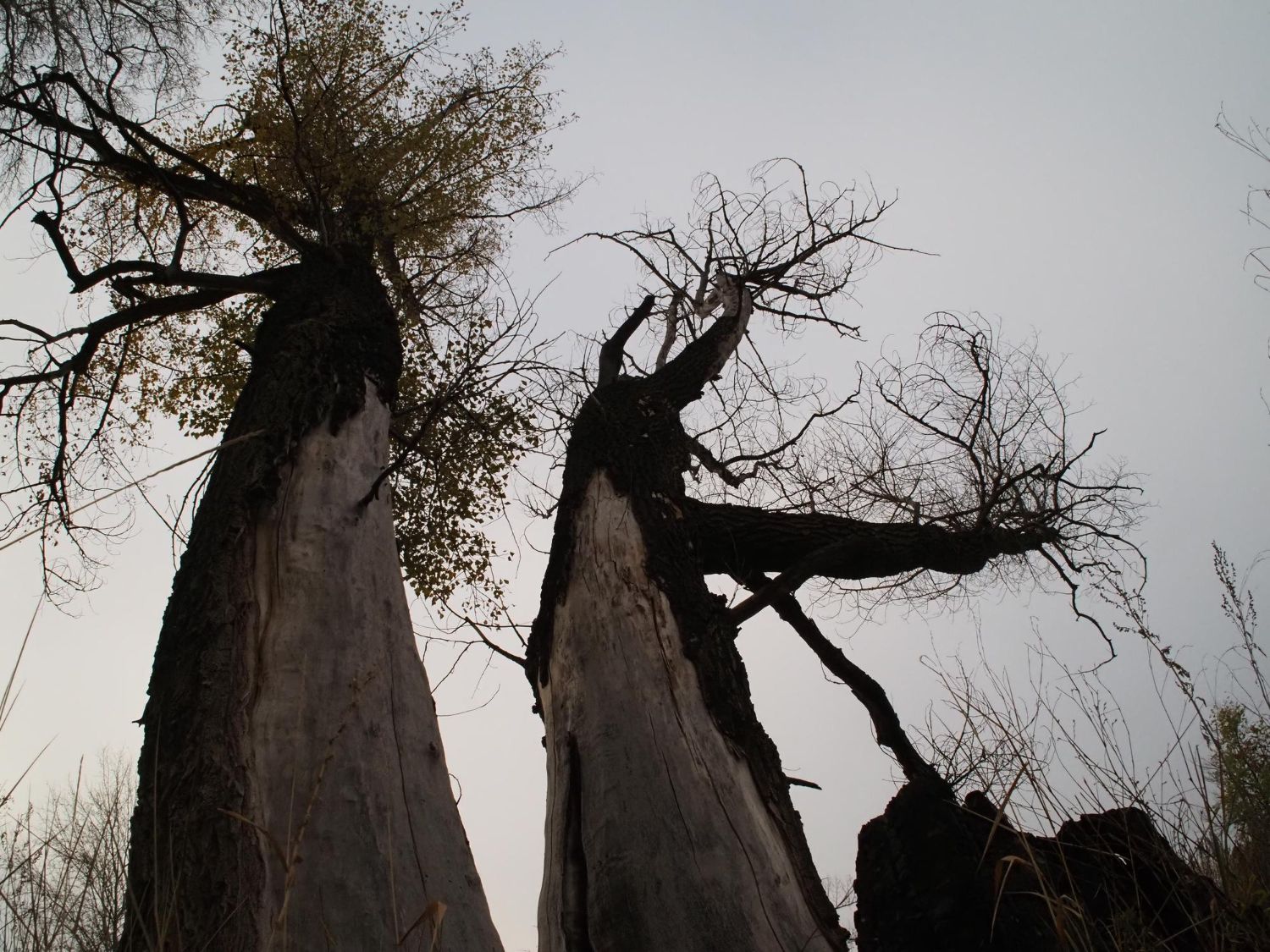Top Warning Signs Your Tree Needs Removal
Trees add beauty and value to our yards, but sometimes they pose risks that can’t be ignored. Knowing when a tree needs to be removed is essential for maintaining a safe and healthy environment. It’s not always easy to recognise the signs, but paying attention to specific symptoms can help you decide when it’s time to call in the professionals.
Visible signs of disease or decay are often the first clues that a tree is in trouble. Symptoms like fungus, dead branches, and cracking can indicate underlying problems. Structural issues, such as leaning trees and root damage, also present serious concerns. These can be dangerous because they affect the tree’s stability and pose a risk to your property and safety.
The impact on the surrounding area is another important factor. Trees interfering with power lines, buildings, and other plants can create significant hazards. Additionally, changes in tree health over time, like reduced foliage and unusual growth patterns, may signal that something is wrong. By keeping an eye on these issues, you can take action before a tree becomes a severe problem.
Recognising these signs early not only protects your property but also helps you maintain a healthy and attractive yard. If you notice any of these symptoms, it might be time to consider tree removal to ensure the safety and health of your outdoor space.
Visible Signs of Disease or Decay
Recognising visible signs of disease or decay in trees is crucial for maintaining a safe yard. One common symptom is the presence of fungus. If you notice mushrooms or other fungal growths at the base of the tree or along its trunk, it could signify internal decay. Fungi thrive on dead and decaying wood, indicating that the tree's health might be compromised.
Dead branches are another red flag. Healthy trees usually have vibrant, flexible branches. In contrast, dead branches tend to be brittle and break easily. Be sure to check for branches that have lost their leaves, especially if it’s not autumn, as this might indicate they're dead. Additionally, cracking in the tree's trunk or limbs can signal severe structural weaknesses. These cracks can worsen over time, making the tree more likely to fall during a storm or high winds.
By keeping an eye out for these signs, you can catch problems early and take action to prevent potential hazards. If you spot any of these issues, consider consulting a professional to assess the tree's condition and determine whether removal is necessary.
Structural Problems and Weaknesses
Structural problems and weaknesses in a tree pose significant risks to your safety and property. One of the most noticeable structural issues is a tree that leans. While some trees naturally grow at an angle, a sudden lean may indicate root damage or instability. A leaning tree is more likely to fall, especially during strong winds or heavy rainfall.
Deep cracks in the trunk or large limbs are also causes for concern. These cracks can weaken the tree’s structure, making it more susceptible to breaking apart. In some cases, these cracks are accompanied by cavities or hollows within the trunk, further reducing the tree's stability. Root damage is another critical issue. Roots anchor the tree to the ground and provide essential nutrients and water. If you see roots that are exposed, severed, or showing signs of disease, the tree might be at risk of toppling over.
Addressing these structural problems promptly can prevent property damage and accidents. If you observe any of these weaknesses in your trees, it's wise to seek professional advice to evaluate the risks and explore your options for removal or treatment.
Impact on Surrounding Area
The impact of a tree on its surroundings is a key factor when considering removal. Here are several ways a tree can affect its environment:
1. Interfering with Power Lines - Trees growing too close to power lines can cause power outages and pose a safety risk. In stormy weather, branches can break and fall on the lines, leading to power disruptions or even fires.
2. Threatening Buildings - Large trees with branches near or over a home can be a danger, especially during severe weather. Falling branches or a toppling tree can cause significant damage to roofs, windows, and other parts of your house.
3. Affecting Other Plants - Trees with dense canopies can block sunlight from reaching smaller plants and flowers below, hindering their growth. Overgrown trees can also spread diseases to nearby healthy plants, affecting the overall health of your yard.
4. Damaging Driveways and Sidewalks - Tree roots can grow under driveways, sidewalks, and other structures, causing cracks and lifting concrete. This not only looks unsightly but also creates tripping hazards and potential property damage.
Understanding these impacts helps in making an informed decision about whether a tree should be removed. A tree causing such issues likely needs attention to protect your property and enhance the safety and health of your surroundings.
Changes in Tree Health
Observing changes in tree health over time is crucial for catching problems early. One sign of declining health is reduced foliage. If you notice fewer leaves, or leaves that are smaller than usual, it might indicate an underlying issue. Trees usually produce abundant leaves, so a sparse canopy is a warning sign.
Unusual growth patterns are another red flag. This includes branches growing in odd directions or excessive sprouting from the trunk or base. These signs can mean the tree is stressed or sick. Pest infestations also significantly impact tree health. Look for holes in the bark, sawdust-like material around the base, or visible insects. Pests weaken trees and make them more vulnerable to disease and structural failure.
Taking note of these changes helps you address issues before they become severe. Trees showing these signs should be examined by a professional to determine the best course of action, including possible removal to prevent further decline or potential hazards.
Final Thoughts
Recognising the signs that a tree needs to be removed is essential for maintaining a safe and beautiful yard. By watching for visible symptoms of disease or decay, identifying structural problems, understanding the tree's impact on its surroundings, and noting changes in tree health, you can make informed decisions about tree removal.
Early detection and prompt action can prevent damage to your property and ensure the safety of your family and neighbours. If you observe any of these warning signs, it's wise to seek professional advice. At Barrie Tree Care Pros, we are here to help you assess your trees and determine the best solutions for your yard.
Contact Barrie Tree Care Pros today to ensure your trees are healthy and your property is safe. Our expert team is ready to assist you with all your
tree care needs.

